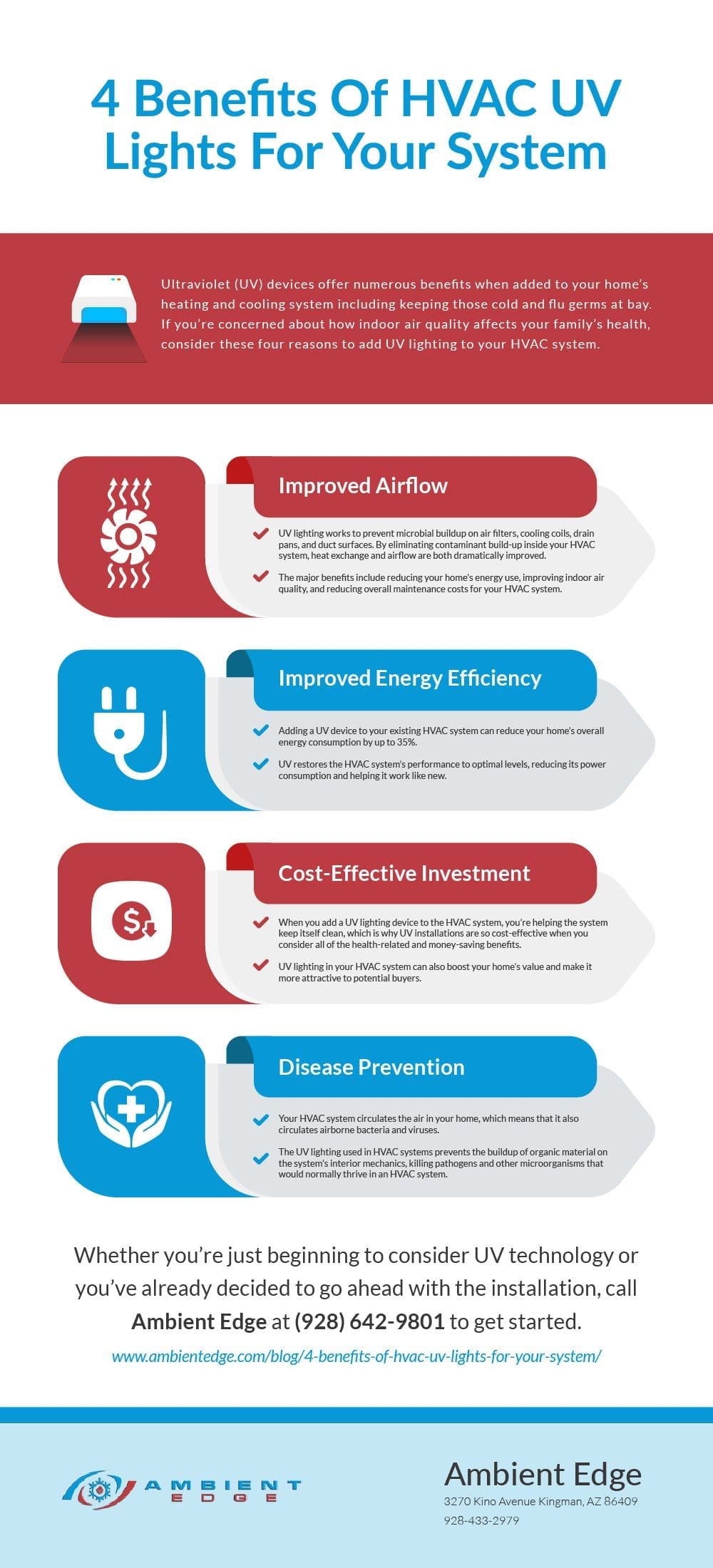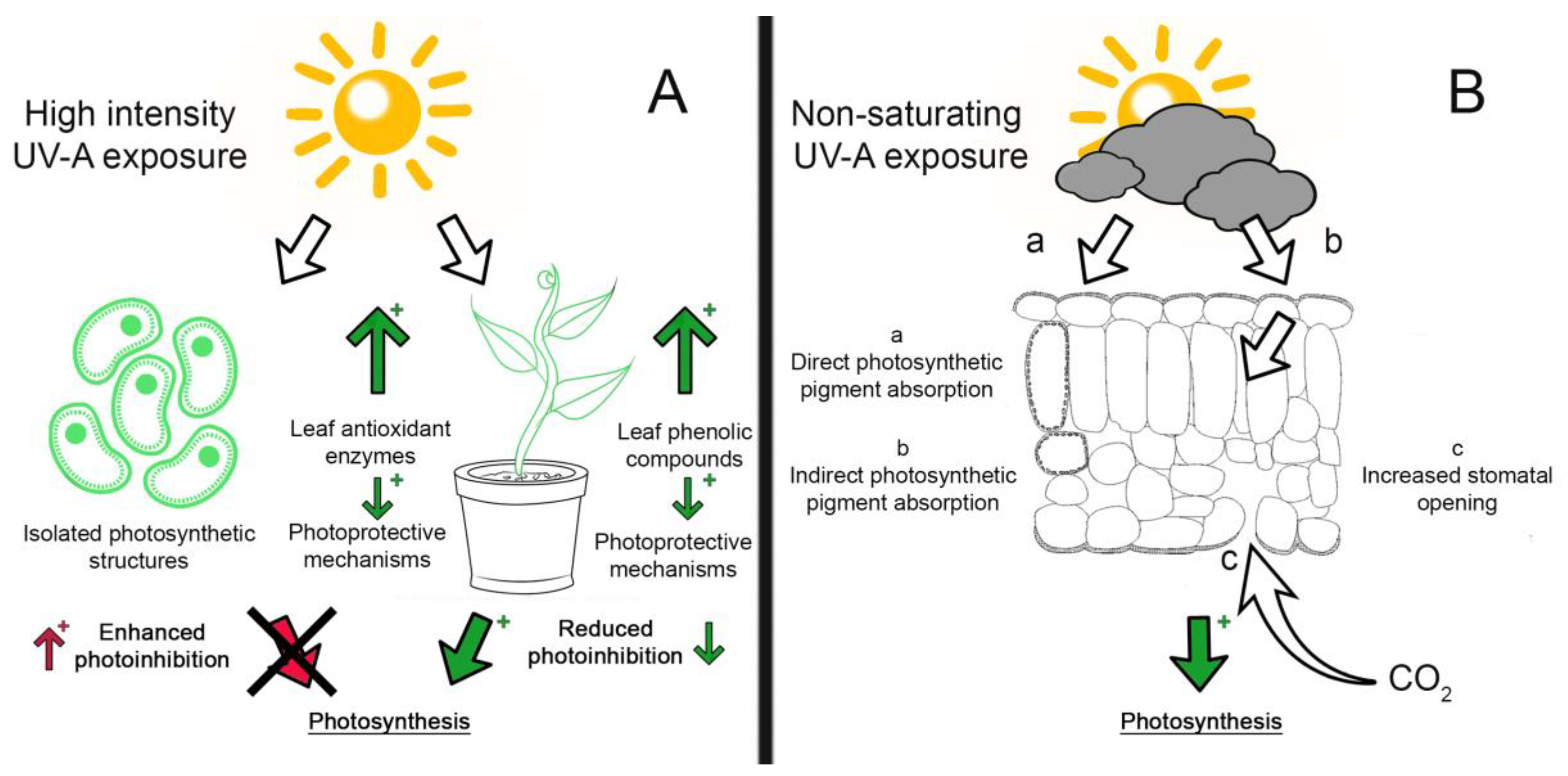Some Known Details About Uvc Light
Table of ContentsThe Ultimate Guide To Uvc LightGetting My Uvc Light To WorkUvc Light Things To Know Before You Get ThisSome Ideas on Uvc Light You Should KnowWhat Does Uvc Light Mean?The Greatest Guide To Uvc Light
A brand-new kind of ultraviolet light that might be risk-free for people took much less than five mins to reduce the level of indoor air-borne microorganisms by greater than 98%, a joint research by scientists at Columbia College Vagelos University of Physicians and Surgeons and in the U.K. has found. Also as microorganisms continued to be sprayed right into the area, the degree remained really reduced as long as the lights were on.Up until currently these research studies had actually only been carried out in small speculative chambers, not in full-sized areas mimicking real-world problems. In the current research study, scientists at the College of St. Andrews, College of Dundee, University of Leeds, and Columbia College evaluated the efficacy of far-UVC light in a large room-sized chamber with the same air flow rate as a common home or workplace (about 3 air changes per hour).
The efficiency of various methods to reducing indoor virus levels is generally measured in terms of equal air adjustments per hour. In this research, far-UVC lights generated the equivalent of 184 comparable air exchanges per hour. This goes beyond any other approach to sanitizing busy interior rooms, where five to 20 equivalent air adjustments per hour is the best that can be accomplished virtually.
Uvc Light Fundamentals Explained

The primary criteria of UV-C disinfection are wavelength, dosage, family member moisture, and temperature. There is no agreement concerning their ideal values, yet, as a whole, light at a high dose and a spectrum of wavelengths consisting of 260 nm is chosen in a setting at room temperature level with low loved one moisture. This light can be created by mercury-vapour, light-emitting diode (LED), pulsed-xenon, or excimer lights.
Additionally, there are health and wellness dangers connected with the UV-C modern technology when used in the closeness of individuals. UV-C disinfection systems have appealing attributes and the potential to boost in the future. Explanations bordering the various criteria influencing the innovations' performance in health center environment are needed. UV-C disinfection need to currently be considered for low-level rather than top-level sanitation.
Another application arose in 1910 when UV light was made use of to decontaminate water. Nowadays, UV light is utilized for water, air, food, surface area, and medical equipment sanitation.
About Uvc Light
DNA, RNA, or proteins of a micro-organism soak up UV light, with a peak absorbance around 260 nm [6] This visit the website results in the disturbance of DNA or RNA, bring about the inactivation of the micro-organism. UV-C-induced DNA disturbance commonly consists of the bonding of 2 adjoining thymine (or cytosine) bases rather than the standard linking of a base with its complementary base upon the other strand.

The UV-C zone is utilized for disinfection however there is no agreement on the precise ideal wavelength. Bacterial DNA and RNA have peak absorbances of light at 260265 nm and around 260 nm, respectively [6] Light at 260 nm can create the most interruption (uvc light). Various micro-organisms are most prone to a little different wavelengths.
Not known Facts About Uvc Light
On the various other hand, it has technical effects because the overall power of the light beam of light is then split over all existing wavelengths. A micro-organism that is susceptible to 254 nm light will be inactivated much more by a light that emits exclusively light at 254 nm than a lamp that discharges a wavelength spectrum at equivalent overall energy.
Direct exposure times of 1045 minutes for area disinfection and 25 s to 5 min for medical devices were experienced in literature. The intensity is vice versa symmetrical to the made even range between the light source and the surface and is therefore specified at the surface in the dose estimation equation [14]
Even more, the outcome of a lamp reduces over time, so it is advised to determine the dose at the end of light life, which is agent of a worst-case scenario. The dose also influences the quantity of photoreactivation. Quek et al. located that the percentage of you could try these out photoreactivation reduced from 5.31% to 0% for a rise in dosage from 1.6 to 19.7 mJ/cm2 [8]
Zhang et al. observed a change in UV irradiance of 34% when the RH raised from 50% to 90% [18] The amount of RH impact on UV efficiency depends on the existing micro-organism and is extra noticeable for germs than for infections [16] Lastly, the influence of temperature relies on the light source.
Our Uvc Light Statements


This is known as much UV-C innovation and is a reasonably brand-new sanitation method with minimal knowledge regarding its effectiveness.
In research study, the outcomes on pulsed versus constant UV-C sanitation effectiveness vary. When contrasting pulsed and continuous light it is very important to maintain various other variables such as wavelength and dose continuous. Nyangaresi et al. and Sholtes et al. both discovered that pulsed or continuous light released by LEDs led to comparable log10 decreases this post [15,28]
Uvc Light Can Be Fun For Anyone
In case ozone is not needed for disinfection, a customized light can be utilized. For mercury-vapour lights, drugged quartz glass or specialized soft glass can strain short-wave UV-C light. For pulsed-xenon, drugged quartz can be used also [30] UV-C has appealing features for disinfection such as automatic sanitation, being much less taxing than extensively used manual or chemical disinfections, leaving no unsafe residuals, and being ecologically pleasant (if no mercury-vapour lights are utilized) [31,32]